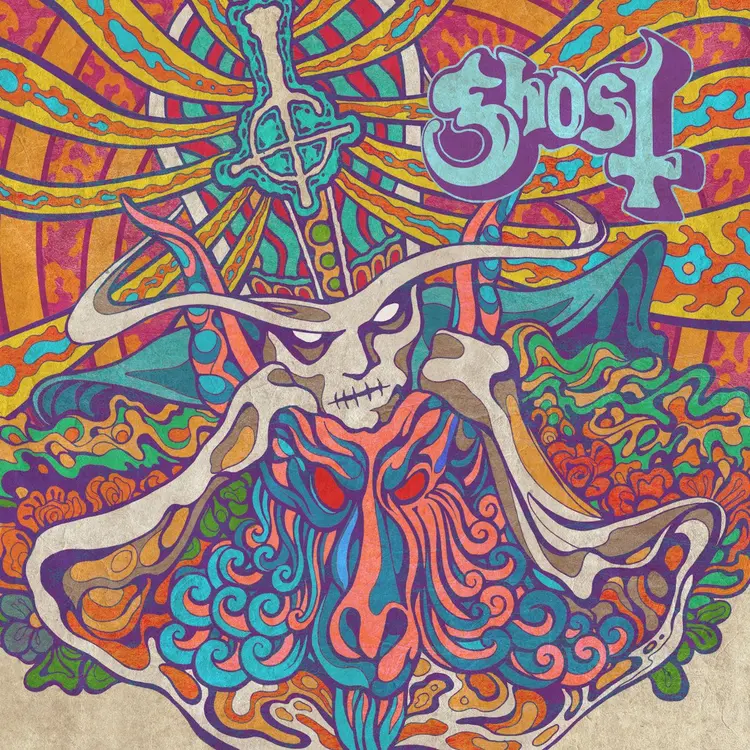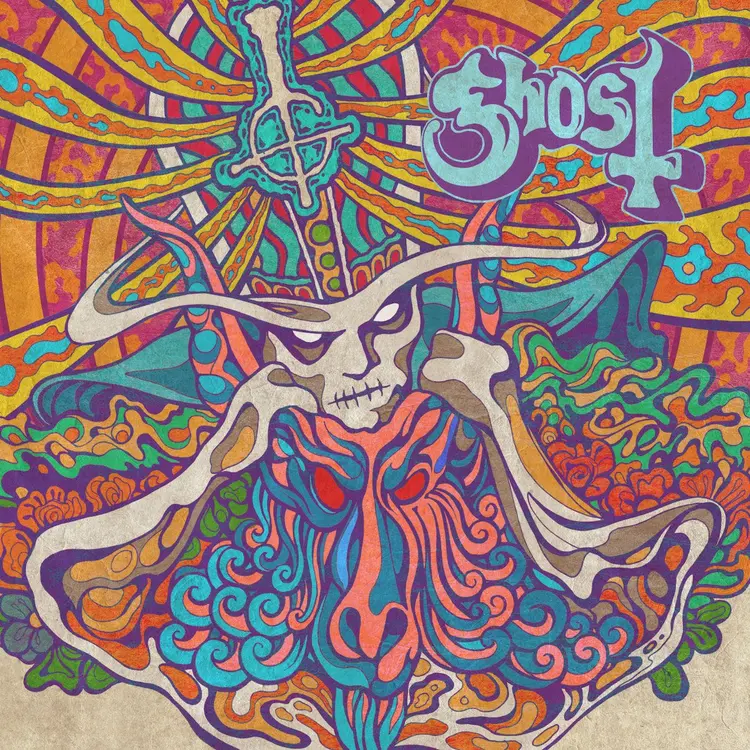
Portsmouth Point is the official blog of PGS's magazine of ideas and culture.
Dancing with the Devil- Satanism and Popular Culture
By Aydin G, Year 12
 Back in 2021, when Lil Nas X slid down a pole into hell in his viral music video, the internet erupted with molten commentary. Some called it a form of art, or at least a rather obscene one at that, and others called it blasphemy. But one thing became unequivocally clear: Satan sells. From rock legends to TikTok influencers, the devil has become a recurring character in pop culture’s most provocative moments. Satanism has evolved from underground rebellion to mainstream aesthetic - and it seems to be more grotesquely trendy than ever.
Back in 2021, when Lil Nas X slid down a pole into hell in his viral music video, the internet erupted with molten commentary. Some called it a form of art, or at least a rather obscene one at that, and others called it blasphemy. But one thing became unequivocally clear: Satan sells. From rock legends to TikTok influencers, the devil has become a recurring character in pop culture’s most provocative moments. Satanism has evolved from underground rebellion to mainstream aesthetic - and it seems to be more grotesquely trendy than ever.
Satanism is a belief system that venerates Satan, not as a literal deity, but as a symbol of defiance and radical individualism. It is not monolithic - it spans from religious movements to symbolic philosophies. Its modern incarnation can largely be traced back to the formation of the Church of Satan by Anton LaVey in 1966 - a man so subversive he repurposed the very nomenclature of the institutions he opposed! It promotes rational self-interest, personal empowerment, and theatrical ritual. (NB: that doesn’t necessarily mean the narcissists in your life are devil-worshipping oddballs.) Interestingly, Satan has occupied a place in culture historically as a symbol of opposition, featuring notably in the great works of Byron and Shelley as a romanticised rebel. Heroic, misunderstood, and alluringly defiant.
Shifting to a more contemporary lens, the musical landscape offers fertile ground for Satanic motifs. There are of course obvious examples of where artists have succumbed to ungodly themes - the latter part of Madonna’s career has become increasingly linked to explicit and provocative religious imagery, often blurring the line between spiritual critique and shock performance. But she’s far from alone. Heavy metal pioneers like Black Sabbath and Slayer built entire aesthetics around occult symbolism, while more recent artists like Billie Eilish and Travis Scott have flirted with eerie, infernal motifs to evoke mystery, rebellion, or simply to stir the pot. And many enjoy this alternative aesthetic. I am sure many of you will join me in having heard of the song “Mary on a Cross” by Ghost - a regrettably yet undeniably fantastic track, with pretty soulless lyrics of anti-theism - which has been streamed over 800 million times having gone viral.
Satanic symbolism has slithered its way into fashion too. Inverted crosses, pentagrams, and gothic silhouettes have become staples in streetwear and high fashion alike. Brands like Vetements and designers like Rick Owens have toyed with dark, occult aesthetics, while celebrities from Doja Cat to Kim Kardashian have donned devilish looks that spark both admiration and outrage. Somehow in the world of 2025, edgy/taboo is the new black; ironically similar too, as dark, emotionless colours take first preference.
In cinema, occult classics like The Exorcist—released in the early 1970s—shattered long-standing religious taboos and faced widespread censorship due to their perceived graphic and condemnable content. Today, horror and spiritual horror command a significant stake in modern filmmaking, with franchises like The Conjuring terrifying global audiences across ten films and at least eight languages. While these narratives often surface distressing themes, their portrayal of religion as a bulwark against evil has, in some cases, nudged viewers toward Christian faith. Yet the cultural appetite for the macabre persists. With genres like true crime and horror becoming increasingly mainstream, it seems society is ever more willing to embrace Lucifer’s narrative.
Religious groups have condemned what they see as moral decay, while other critics argue that Satanic imagery is just lazy provocation. I consider myself more culturally Catholic, and yet even I find myself disheartened by the spiritual erosion we’ve undergone as a society. It’s one thing to hold no faith - it’s another to actively repudiate the love of God. That feels not only excessive, but ethically troubling.
So why does Satan keep showing up in our playlists, wardrobes, and screens? Because he’s the ultimate outsider. In a world that exalts individuality, rebellion, and spectacle, Satan is the perfectly unperfect symbol - dangerous, misunderstood, and endlessly marketable. Whether you see it as art, blasphemy, or savvy branding, one thing’s for sure: pop culture isn’t done dancing with the devil.
Portsmouth Point ©2025




















